Livestock
All Livestock Content
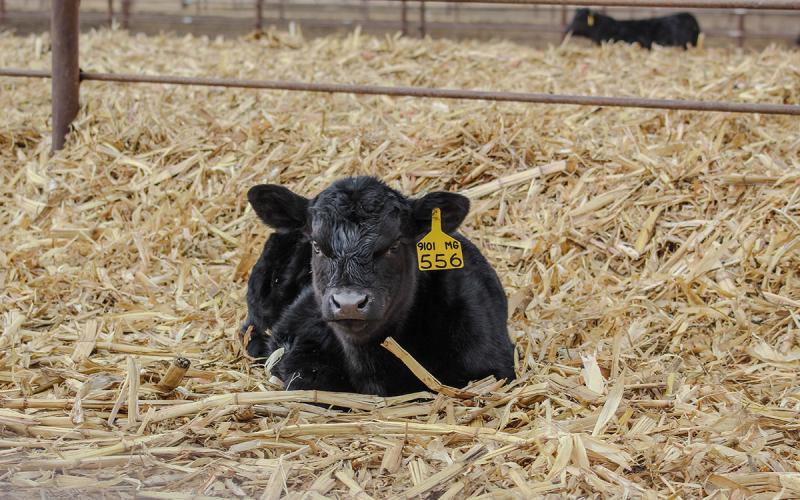
What the Research Says About Pain Control at Castration
Pain management at castration is a topic that will continue to come up as we focus on animal welfare. Research is being done to determine what pain management strategy works best for the castration of beef bulls.
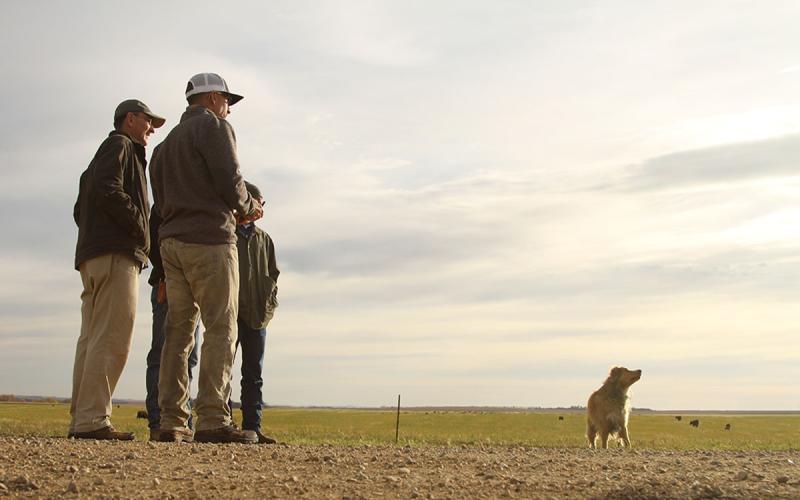
Spring Planting and Grazing Adjustments During Drought
Dry springs mean management changes for both farmers and ranchers as they plan for summer. Learn some important considerations for planting and grazing during a dry spring.

SDSU Extension helps first responders train for crashes involving livestock
April 30, 2025
The first time Brandon Wingert responded to a vehicle accident involving livestock was in 2017 when a livestock trailer with 99 cattle tipped over. They successfully recovered all but four of the cattle, but Wingert, Hanson County’s sheriff and emergency manager, never forgot the incident.
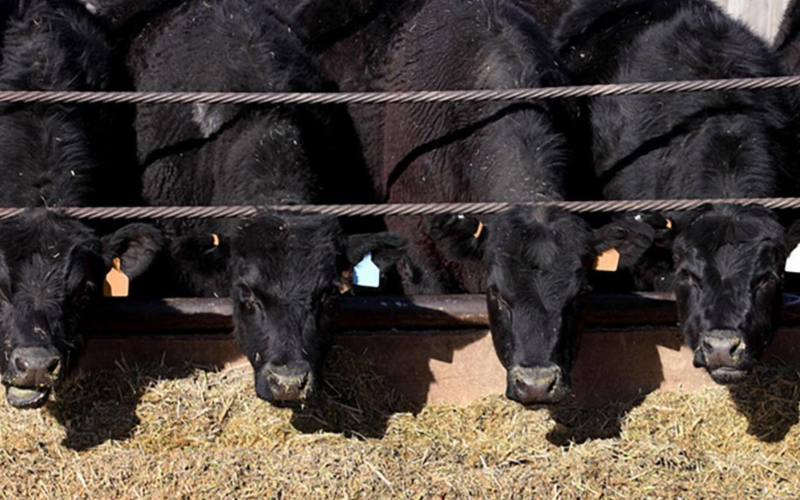
Registration open for 2025 Siouxland Feedlot Forum
April 28, 2025
Registration is now open for the 2025 Siouxland Feedlot Forum on June 17, 2025, in Sioux Falls.
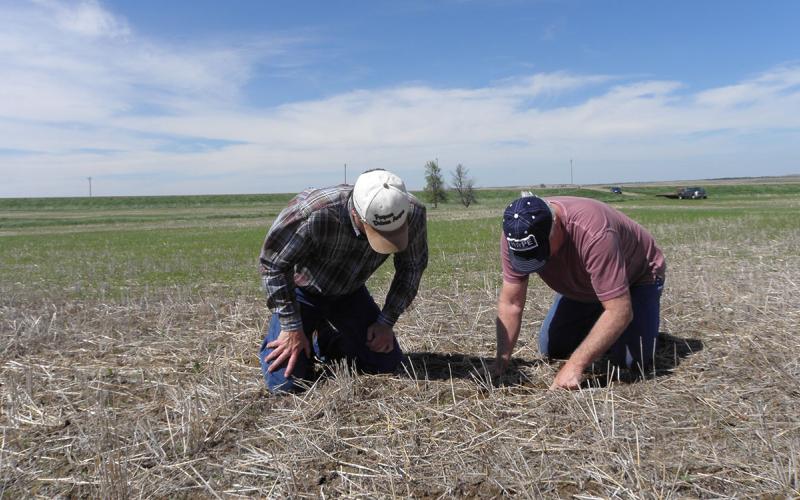
Gearing Up for the Grazing Season: Soil Health
Grazing season is around the corner and preparation before turning out is key. Understanding the intersection between soil health and grazing can help improve the function of your grazing system.
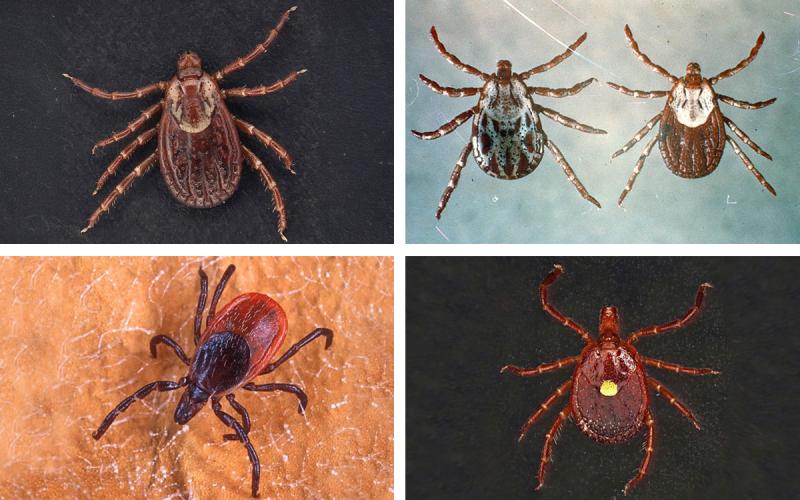
Spring is here, and so are the ticks!
As spring continues to bloom, more arthropods will begin to emerge from winter dormancy. Ticks are among the first to appear, and statewide reports have already been flowing in.
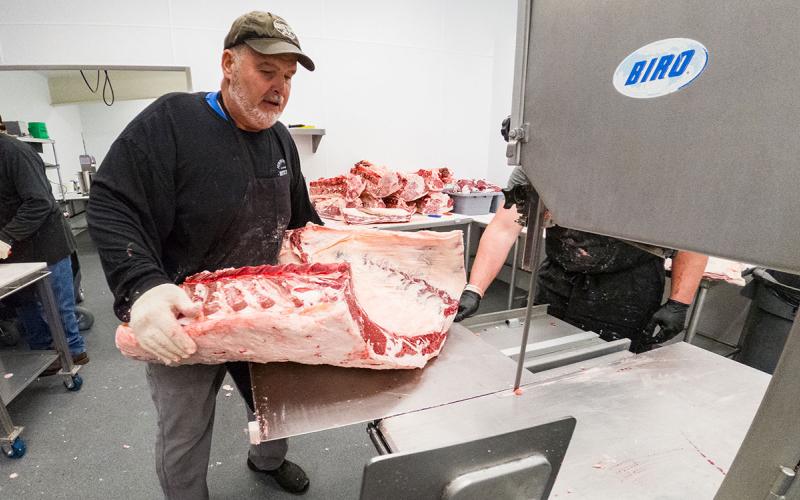
Butcher's Guide to Red Meat
The purpose of this guide is to serve as an educational resource to help bridge the knowledge gap between livestock producers, meat processors, and consumers to aid in furthering processor education and to serve as a resource to reference when answering consumer questions.
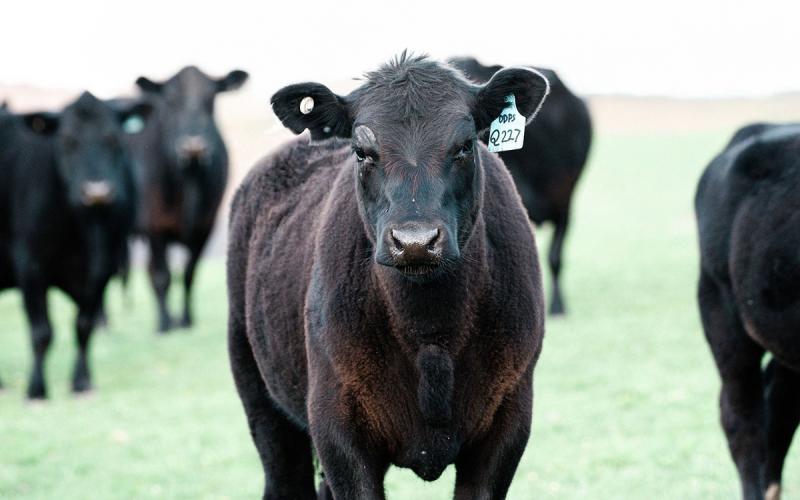
Breeding and Marketing Strategies
The debate as to when or if the U.S. beef cattle herd will begin rebuilding this year is yet to be determined. While cattlemen operate record low cattle inventory numbers, the decision to retain females will be unique to each operation.
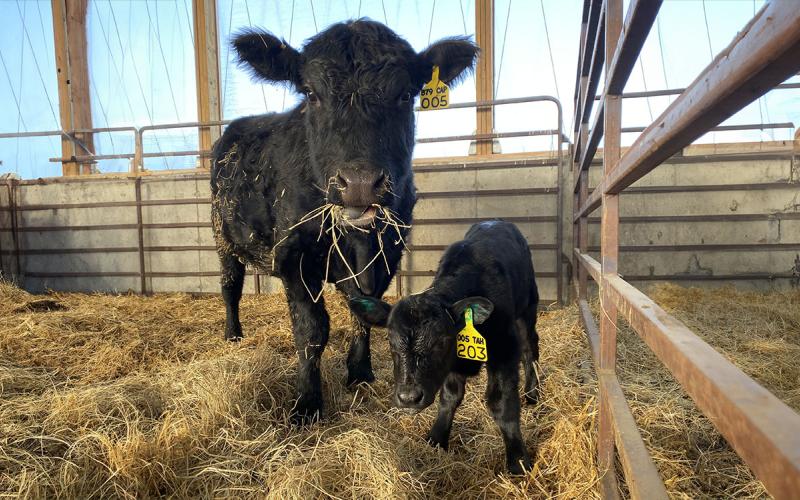
Are Ionophores the Key for Managing Coccidiosis in Calves?
Ionophores are feed additives commonly used in cattle diets to increase feed efficiency and growth.
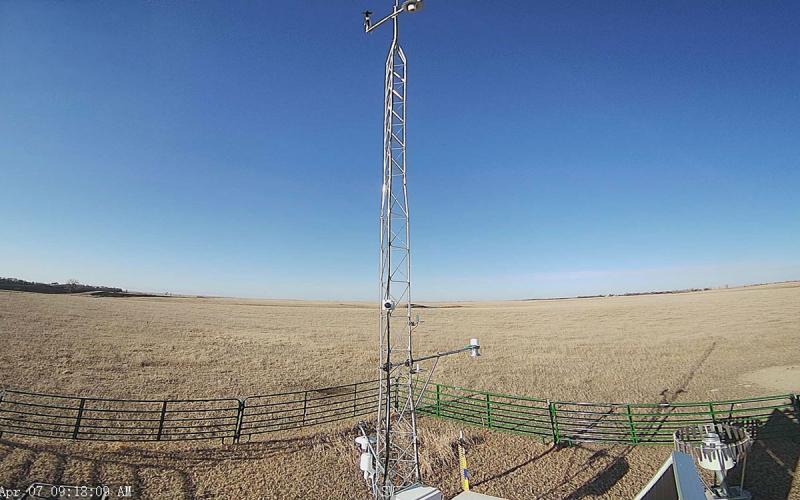
Spring Pasture Report: Dry Soil Conditions Threaten 2025 Grazing Season
As the grazing season inches closer, dry conditions have become very apparent, and producers should take time to assess resources and regularly monitor soil moisture and weather outlooks.